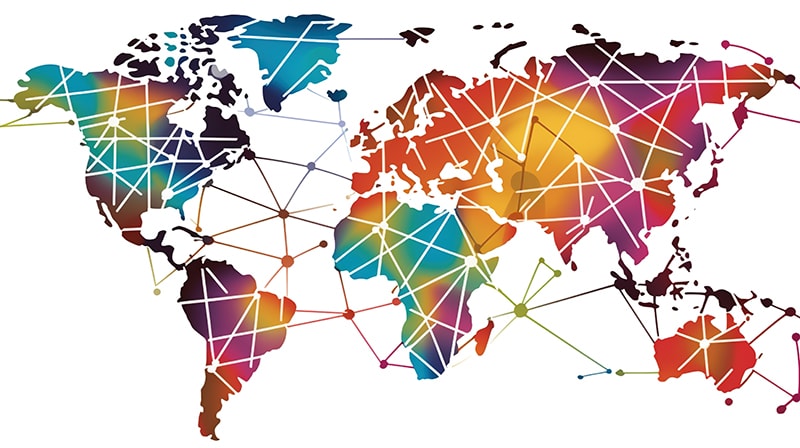Strategies to Overcome Cross-Border Obstacles

Brands selling internationally know that their cross-border strategies must accommodate changes in import taxes, localized prices, or governmental sanctions. What many may not initially consider is the complexities of country restrictions, and the possibility that certain products can be deemed a threat and held up in the customs process.
Dangerous goods range from the obvious—alcohol contained in perfume bottles—to the unbelievable. For retailers, children’s pajamas are difficult to sell because potentially flammable fabric can be included in the mix. Jewelry and items containing batteries are also prone to being halted at certain international borders, despite their everyday simplicity and use.
Understanding how each market determines dangerous goods is not something any brand should be expected to know. Fortunately, there are solutions to avoid shipping shortcomings.
First, brands must have awareness, down to ingredient level, of what is and isn’t allowed into each country. But how can they do this with so many markets and shifting barriers to keep track of?
Regulations change constantly, so periodically reviewing how exporters and importers modify codes should, at the minimum, be a daily routine when it comes to internal logistics.
Another way for brands to stay on top of changes is by partnering with a company that takes on the back-end logistics work, such as a merchant of record.
Innovation is another modern solution that brands should tap into—as tech evolves and new solutions become available, potential new benefits to help back-end operations emerge.
Technology and Innovation
AI and blockchain are well worth the investment, as both can speed processes by eliminating manual work and increasing transparency in the entire supply chain. Early detection means that brands can easily mitigate previously unforeseen issues to prevent volatility.
While technology helps optimize logistics and reduce the overall complexity behind selling, new innovation capabilities can act as a double-edge sword. More visibility into the global supply chain is available for consumers as well, and today’s shopper has high expectations of the turnaround time from purchase to delivery. To cater to a customer base of heightened impatience, businesses are turning to onshore outsourcing to localize logistics.
By repurposing empty physical retail stores as fulfillment hubs, or moving inventory to onshore fulfillment centers, brands are able to position inventory as close to the purchaser as possible, accelerating delivery time.
This also means a shift in national consumer protection, including isolation policies and data privacy. While consumers want easy and quick access to products, having brands knowledgeable about where the majority of their customers are based—in order to relocate major aspects of their logistics operations—comes with some concern.
Governmental pressures to reduce trade with certain markets will dictate how easily brands localize to better serve shoppers. Those that are unable to provide onshore options may look toward sustainability to improve logistics.
While ultimately the customer decides on whether sustainability—and therefore longer delivery time—is preferred, brands should always embed the option into their logistics practice, as it is an aspect of cross-border commerce that is here to stay.

